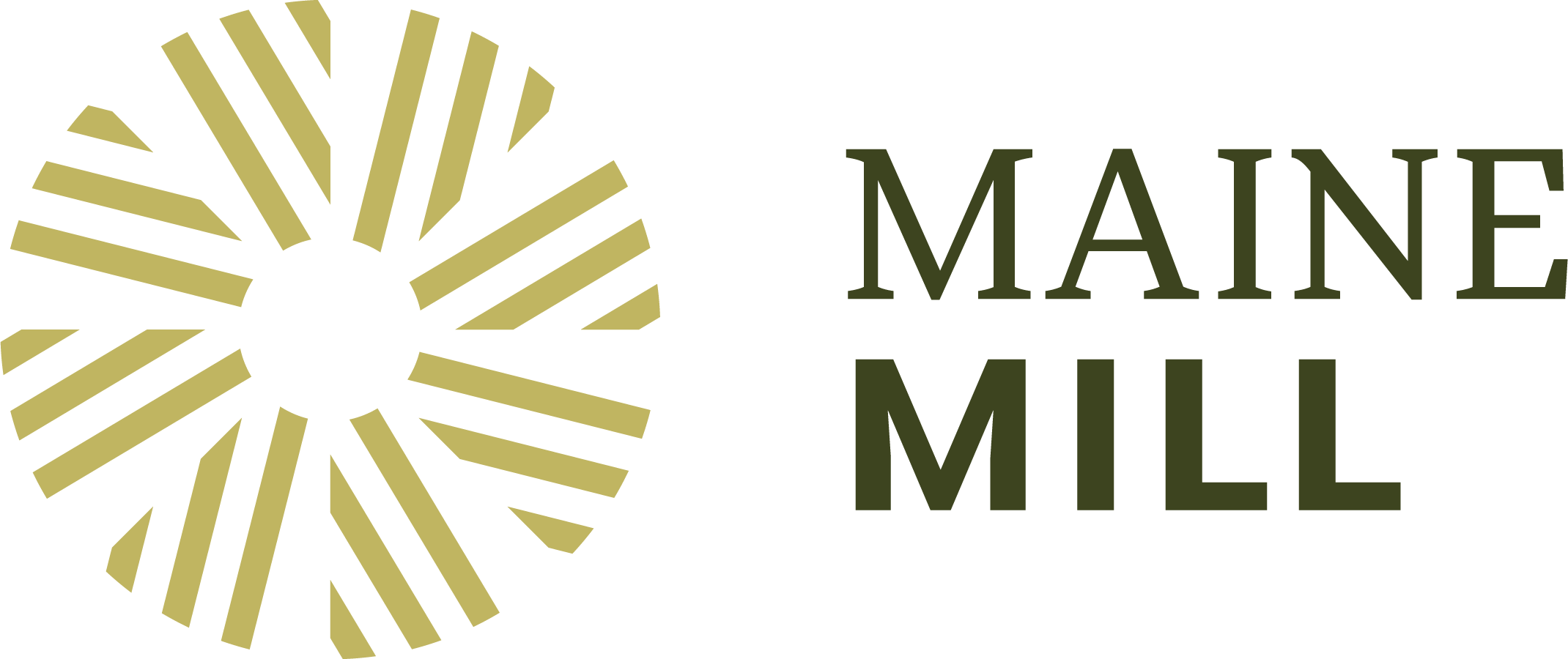About
About Us
Preserving and celebrating diverse stories of hard-working people and creative invention.
Maine Museum of Innovation, Learning and Labor (Maine MILL) is a history and culture museum in downtown Lewiston, Maine, that celebrates extraordinary stories of work and industrial ingenuity. Through our collection, exhibits, educational programming, and events, we invite visitors to explore how life, labor, and culture shape the present and influence the future.
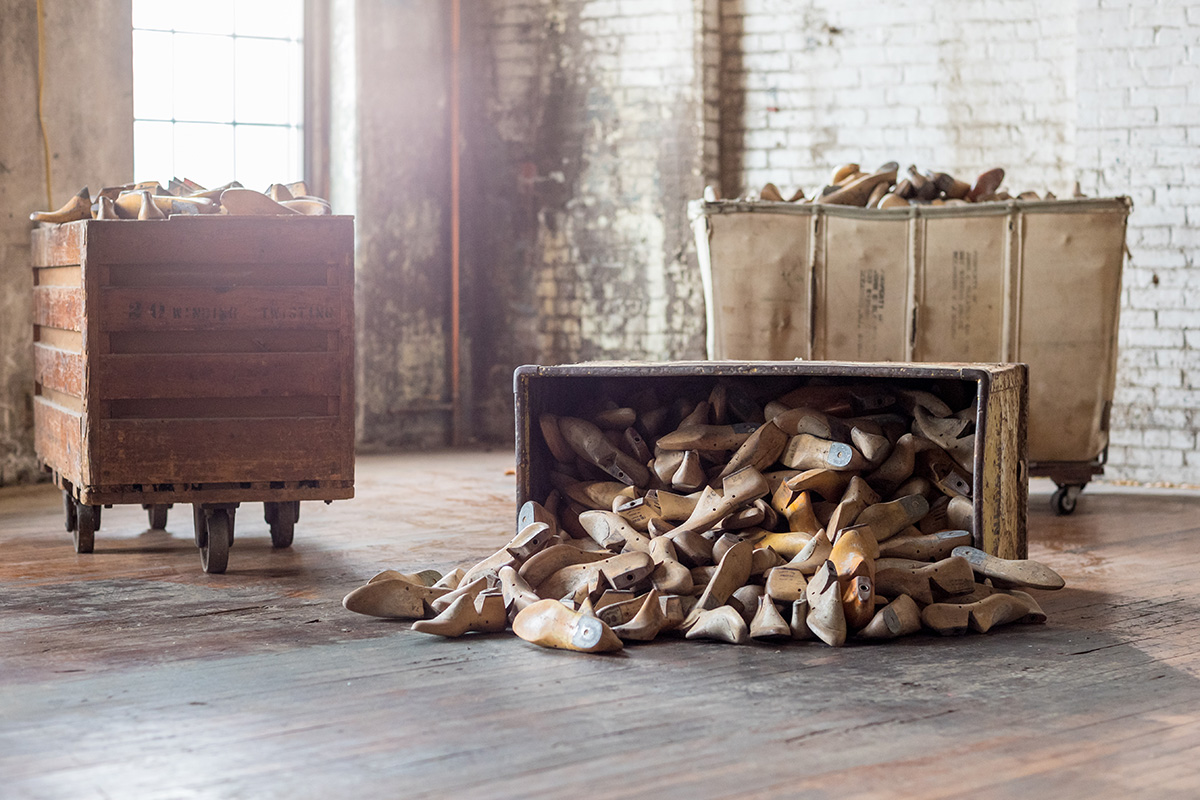
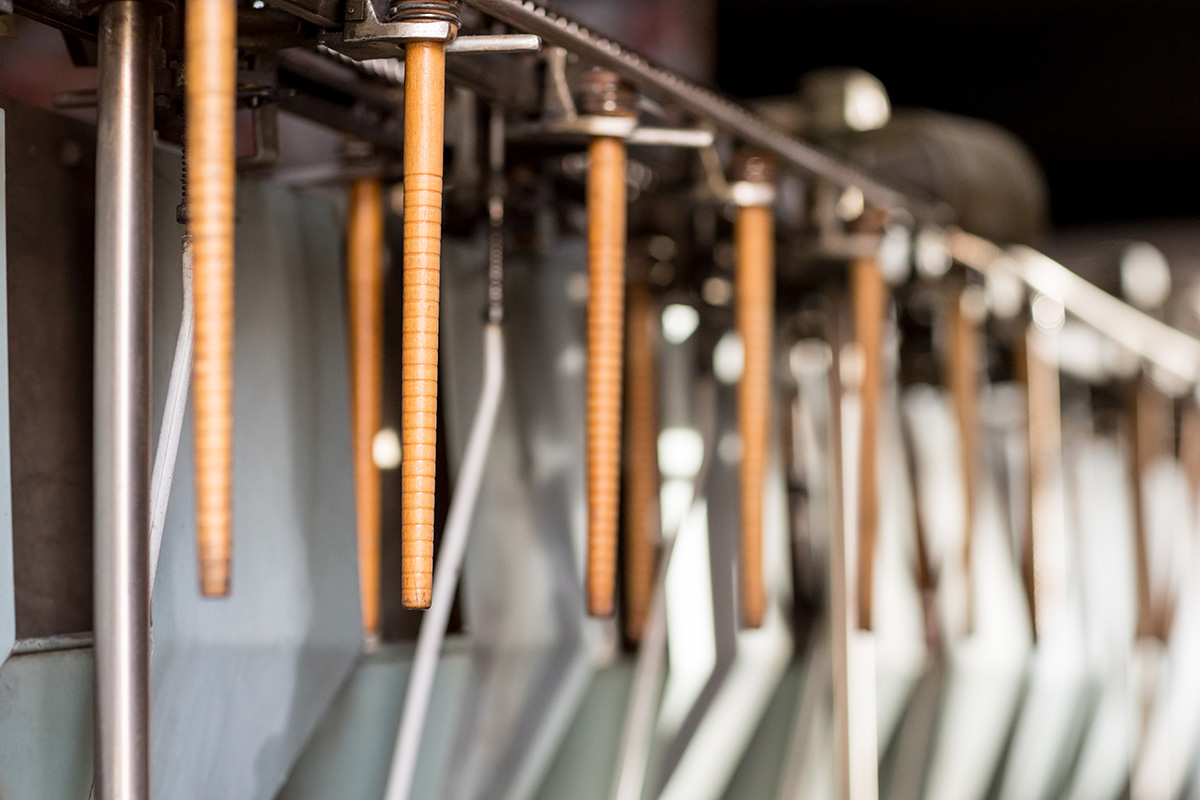
Our unique collection is made up of over 10,000 artifacts, including salvaged industrial machinery such as a Jacquard loom, original bedspreads and industrial-sized silkscreens from the famed Bates Manufacturing Company, and roughly 300 recorded interviews and oral histories from the people who lived and labored here. We also actively seek out ways to expand our offerings and are continuously adding to our collection to include a wider range of perspectives and experiences in order to tell our community’s whole story.
At Maine MILL, we believe that today is tomorrow’s history. We consider it our responsibility to spark creativity and inspire ingenuity for the future.
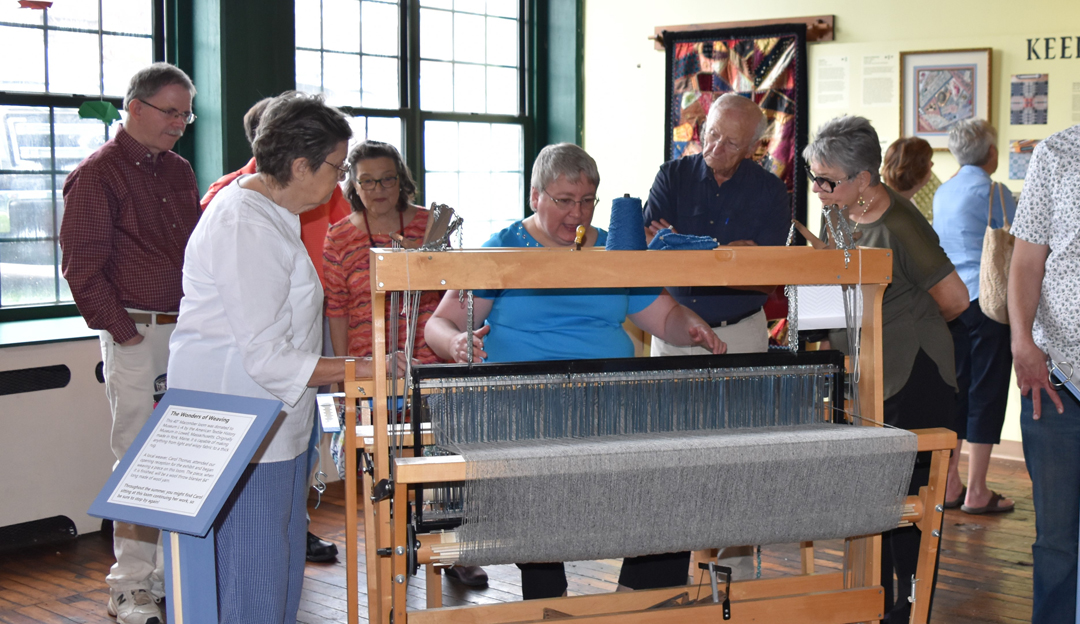
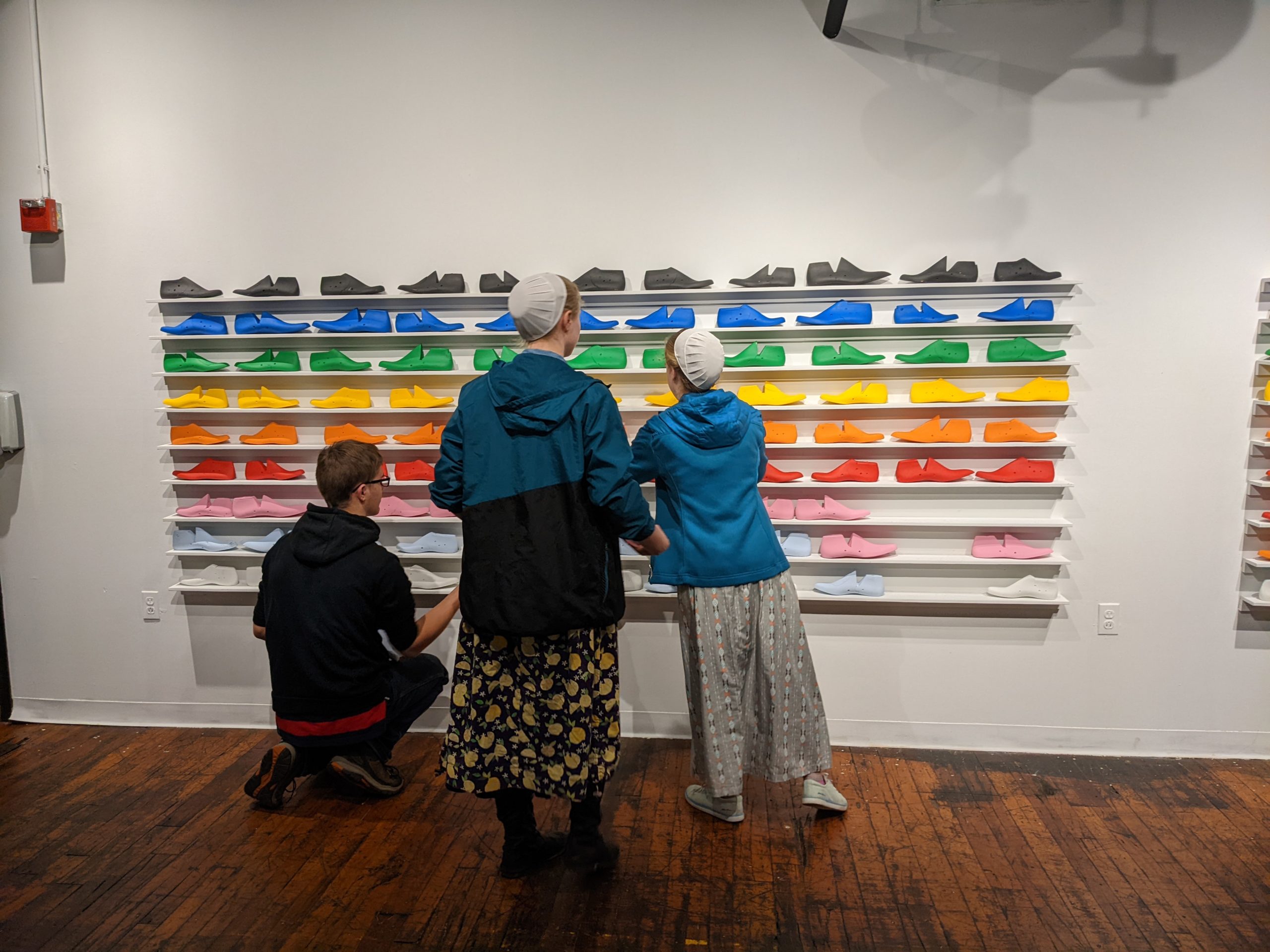
Our Mission
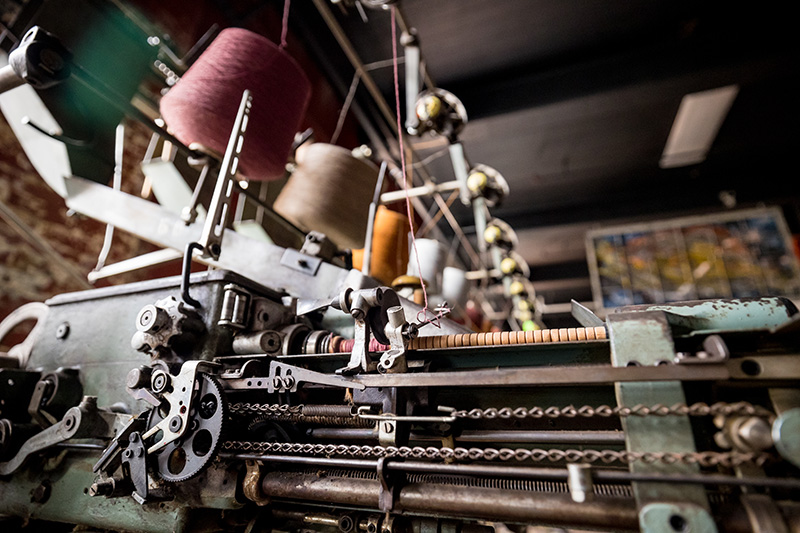
Our Vision
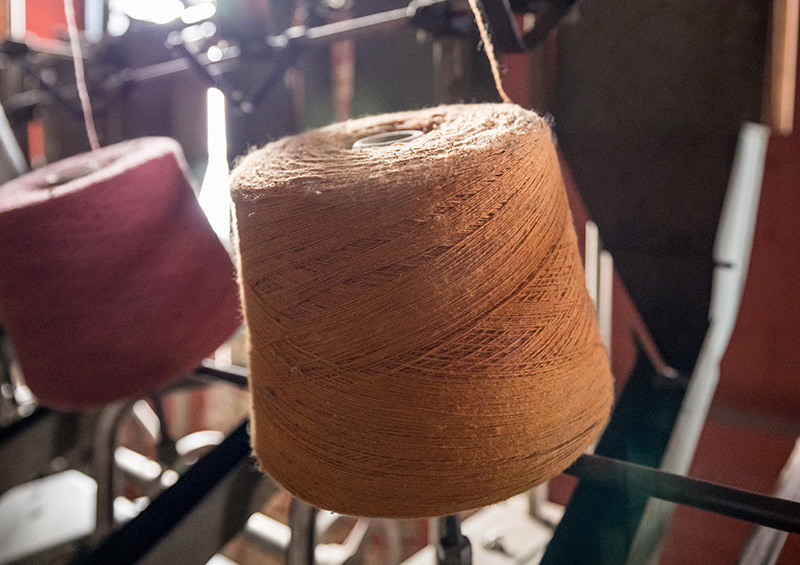

Our Values
![]()
Discovery
We spark curiosity, inspire creativity, and encourage lifelong learning. Using heritage and history, we create opportunities to see things in a different light, rethink the world, and learn something new—about our past, present, or each other—to fuel future ingenuity.
![]()
Community
We are committed to being a cultural hub, a conversation generator, an economic driver, a place of education and action where everyone is welcome and ideas are born. We are where meaningful connections are made and a more unified and engaged community rallies.
Inclusivity
We believe everyone has the right to respect and representation. We welcome and embrace similarities, differences, and perspectives, and offer a safe and supportive environment where everyone—visitors and staff—can find a reflection of self.
![]()
Accessibility
We are continuously working to improve the museum experience and remove barriers to access and opportunity. All visitors can learn from, engage in, and be inspired by the stories we tell, and can connect the past to the present in meaningful ways, regardless of background, age, culture, race, or ability.
Our Story
Once a bustling industrial and manufacturing center for the state of Maine, Lewiston-Auburn experienced a post-industrial decline that led to the closure of the area’s defining manufacturing mills and related trades. Community members, realizing the historic value in the machinery and artifacts left behind, started salvaging what they could. These items created the foundation of our collection. Housing and preserving them created the need for our museum.
Maine Museum of Innovation, Learning and Labor was founded in 1996 as Museum L-A (Lewiston-Auburn). Over time, there was a recognized need to tell not only the story of the textile mill workers, but also the workers from the shoe and brick industries that built the Lewiston-Auburn area as well. With that, both our collection and mission grew.
From there, we evolved from a single-focus subject of textile mills to a dedicated public museum celebrating the industrial heritage of Lewiston and Auburn. More recently, the museum has refocused our efforts through our collecting priorities, temporary exhibits, and programming to reflect a broader and more inclusive history of the entire region with an emphasis on Central Maine.
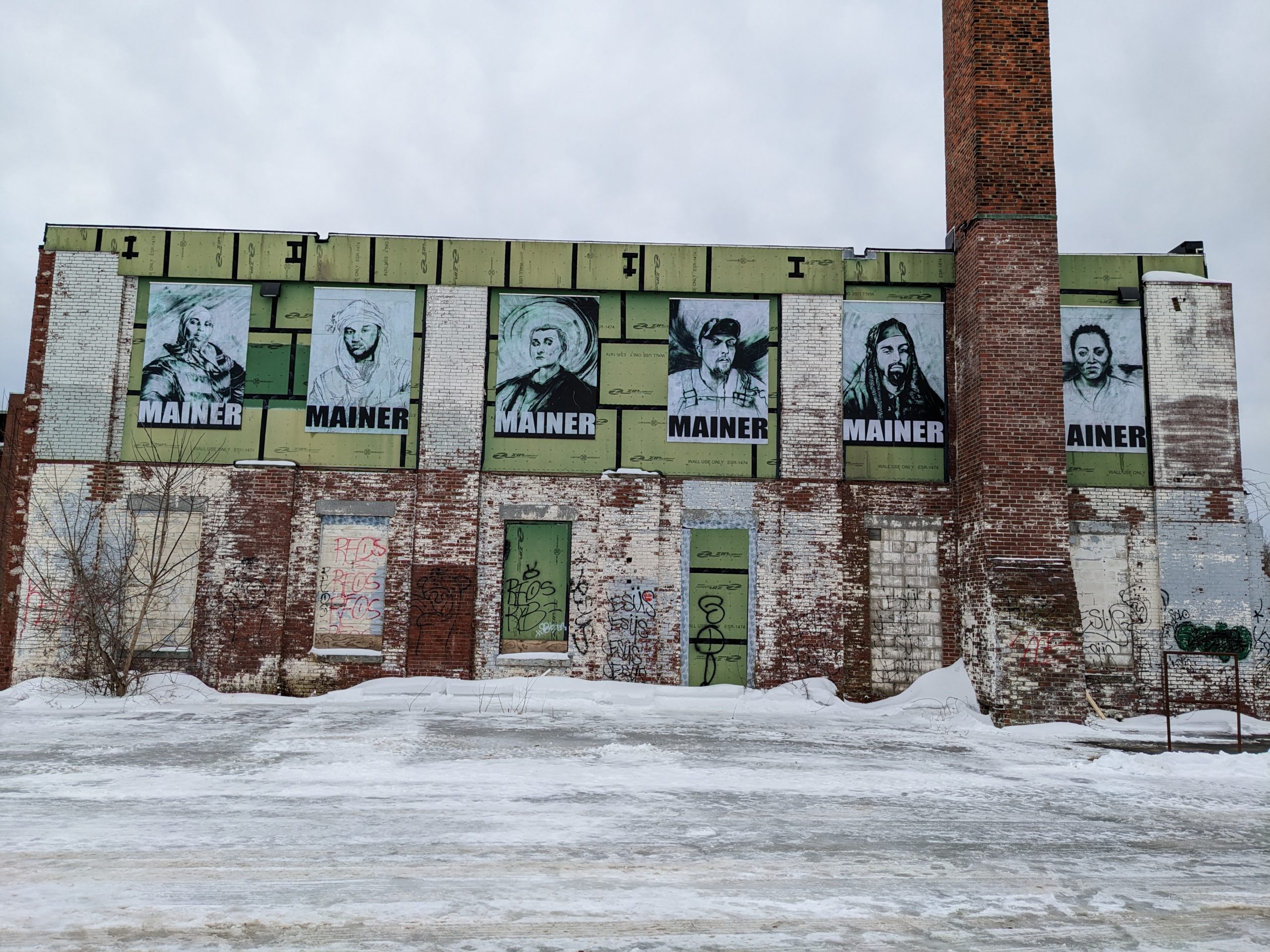
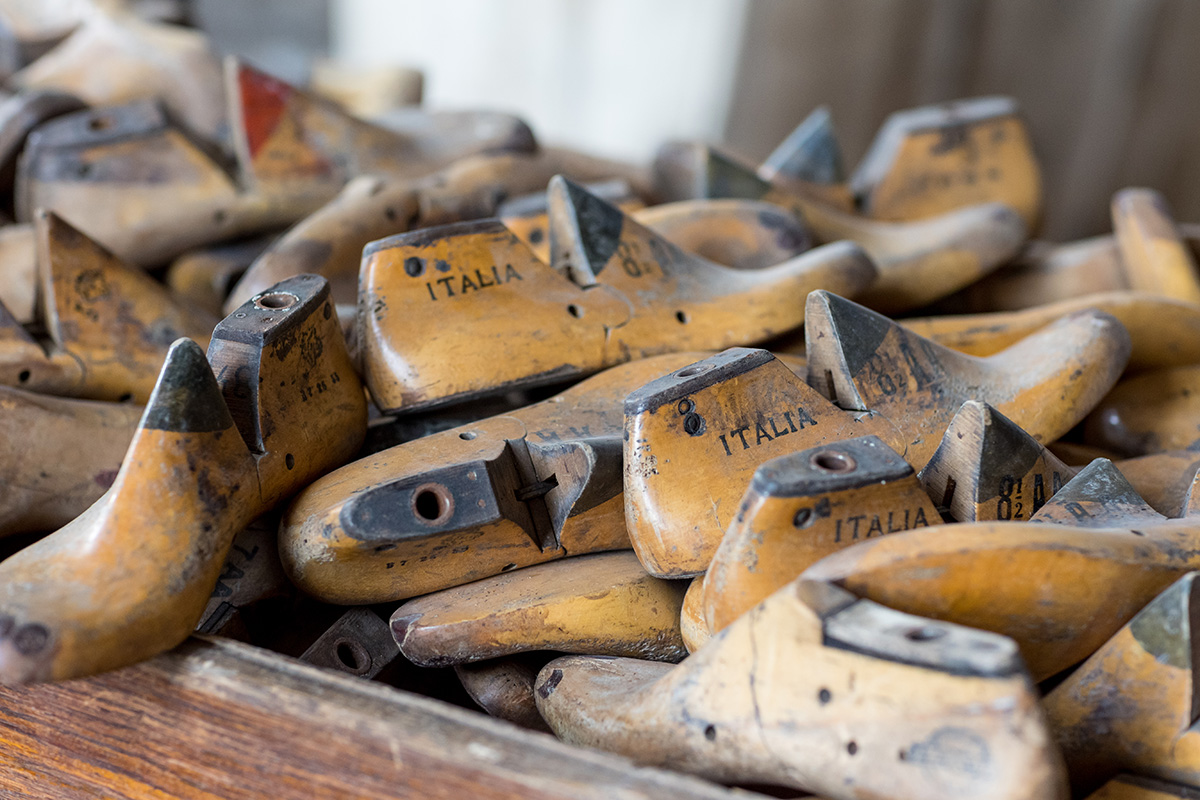
In 2022, Museum L-A rebranded as Maine Museum of Innovation, Learning and Labor to broaden the museum’s appeal and speak to diverse audiences. The rebrand is part of an ongoing capital campaign to fund construction of a new museum on a 2.5-acre riverfront site on the banks of the Downtown Riverfront Island in Lewiston.
The plan calls to rehabilitate the former Camden Yarns Mill, which the museum took over ownership of in 2009, and add an addition. The projected museum will feature large spaces for a permanent collection and temporary galleries, classrooms, design lab and more.
Our ambition is to become a cultural hub that drives curiosity, encourages lifelong learning, and creates a stronger, more unified community. We want to be a key contributor to and catalyst for civic, cultural, and economic revitalization in our community, region, and state.
